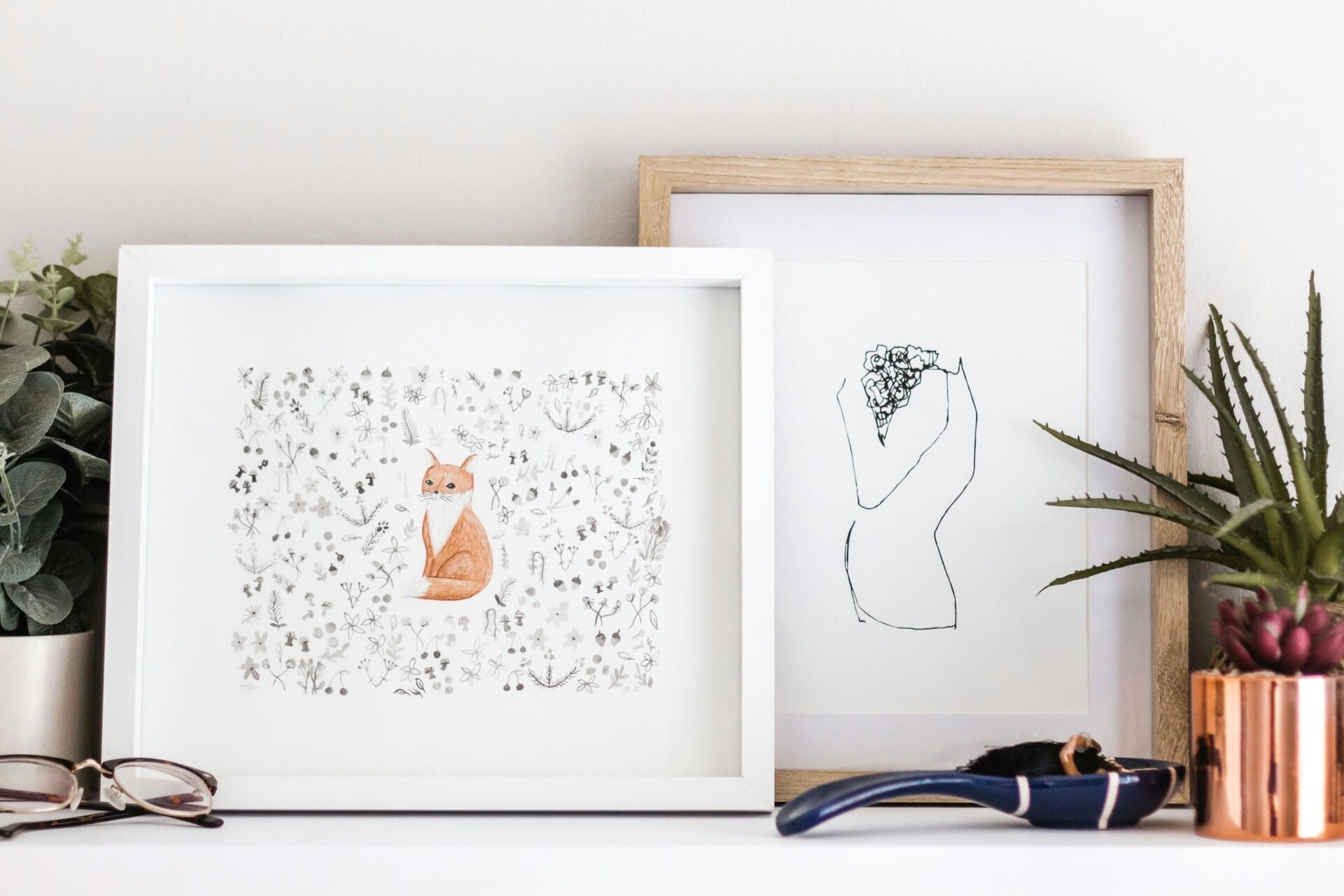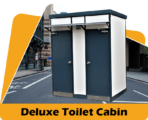Why Eco-Friendly Homes are Not Just a Trend, But a Necessity! | RumahHQ
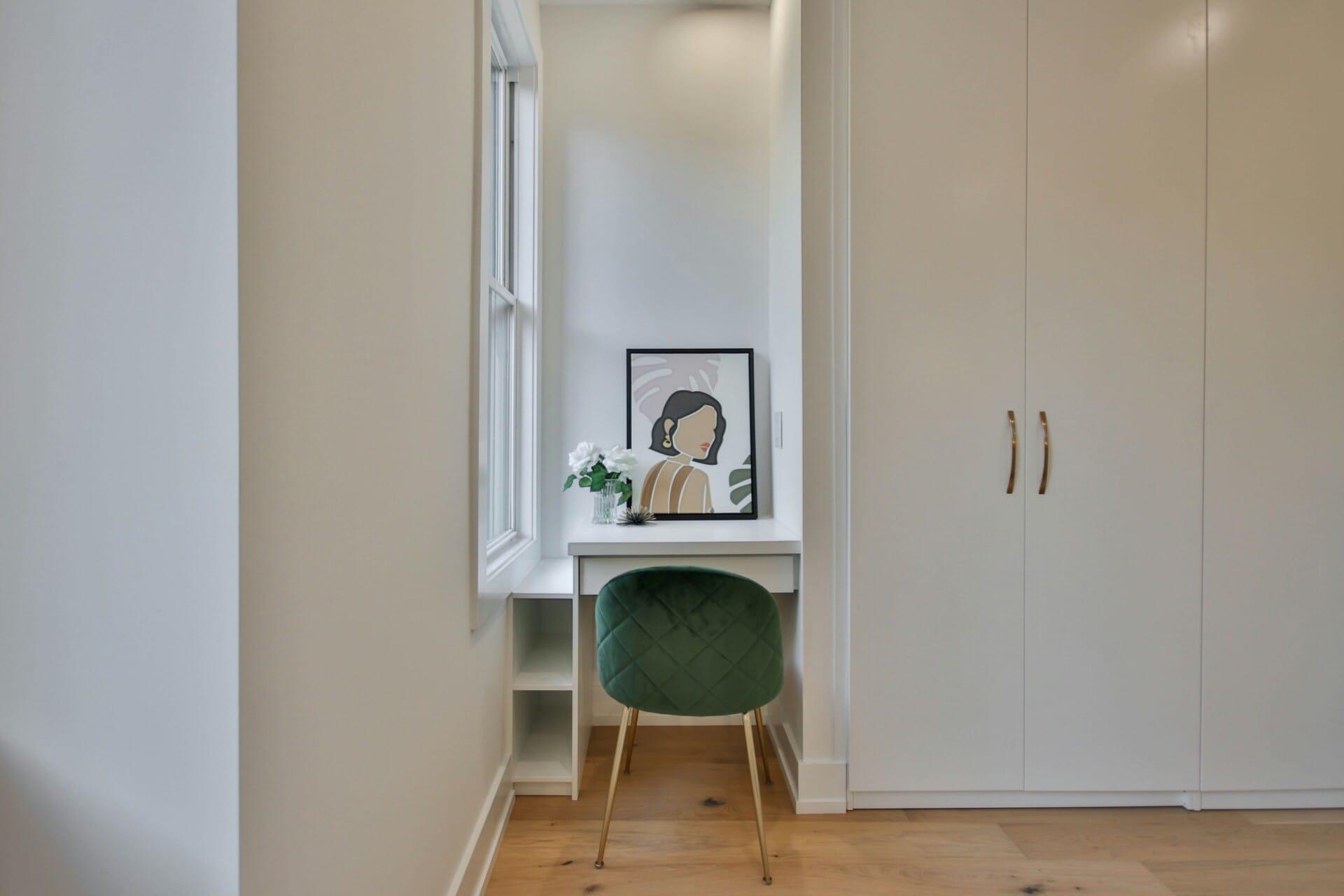
Hey there! If you’ve ever taken a stroll down your neighborhood, you might have noticed a rising wave of eco-friendly homes popping up here and there. From vibrant green roofs to solar panels glimmering under the Malaysian sun, it seems like everyone is buzzing about sustainable living these days. But here’s the thing: this isn’t just a passing trend or a shiny new design fad. Adopting eco-friendly homes is becoming more crucial than ever, especially in our unique Malaysian environment. With issues like climate change and resource depletion lurking around, it’s time to dive into why going green isn’t just a nice idea—it’s a necessity for a better future. Buckle up as we explore how these homes can lead to not just substantial savings but a healthier planet for generations to come!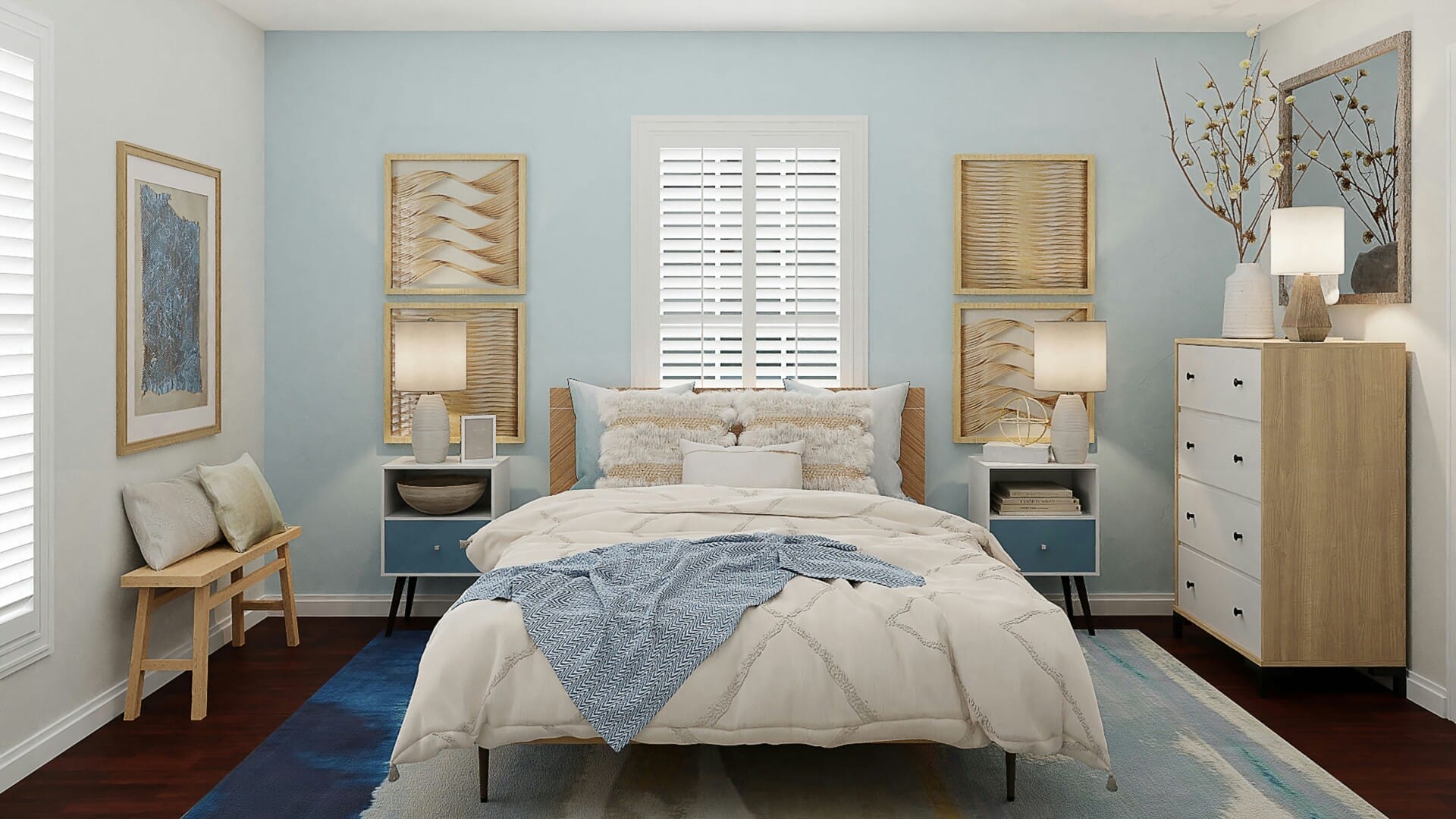
The Urgent Imperative of Sustainable Living
In a world grappling with climate change and resource depletion, the shift towards eco-friendly homes has become an urgent necessity rather than a fleeting trend. These sustainable living spaces are designed to minimize environmental impact while maximizing energy efficiency. Think of it as a win-win situation for both you and the planet! By adopting sustainable practices at home, you contribute to the preservation of natural resources, reduce your carbon footprint, and create a healthier living environment for your family.
Building or renovating with eco-friendly materials can significantly reduce waste and pollution. This not only includes using sustainable products like bamboo flooring or recycled steel but also implementing modern technologies such as solar panels and rainwater harvesting systems. The benefits extend far beyond the environmental impact; homeowners often experience reduced utility bills and increased property values. It’s pretty cool how making a few conscious choices can lead to both financial savings and a better world.
| Green Feature | Benefits |
|---|---|
| Solar Panels | Lower electricity bills and renewable energy source |
| Energy-Efficient Appliances | Reduced energy consumption and savings |
| Rainwater Harvesting | Conserves water and lowers water costs |
| Proper Insulation | Maintains temperature and reduces heating/cooling costs |
More than just personal benefits, choosing eco-friendly living is a statement of responsibility towards future generations. As Malaysians, embracing sustainable practices helps mitigate the risks associated with urbanization, such as flooding and environmental degradation. Community awareness and involvement in eco-friendly initiatives can create a ripple effect, inspiring others to join the movement. it’s not just about having a nice home—it’s about building a more sustainable and resilient future for ourselves and our children.
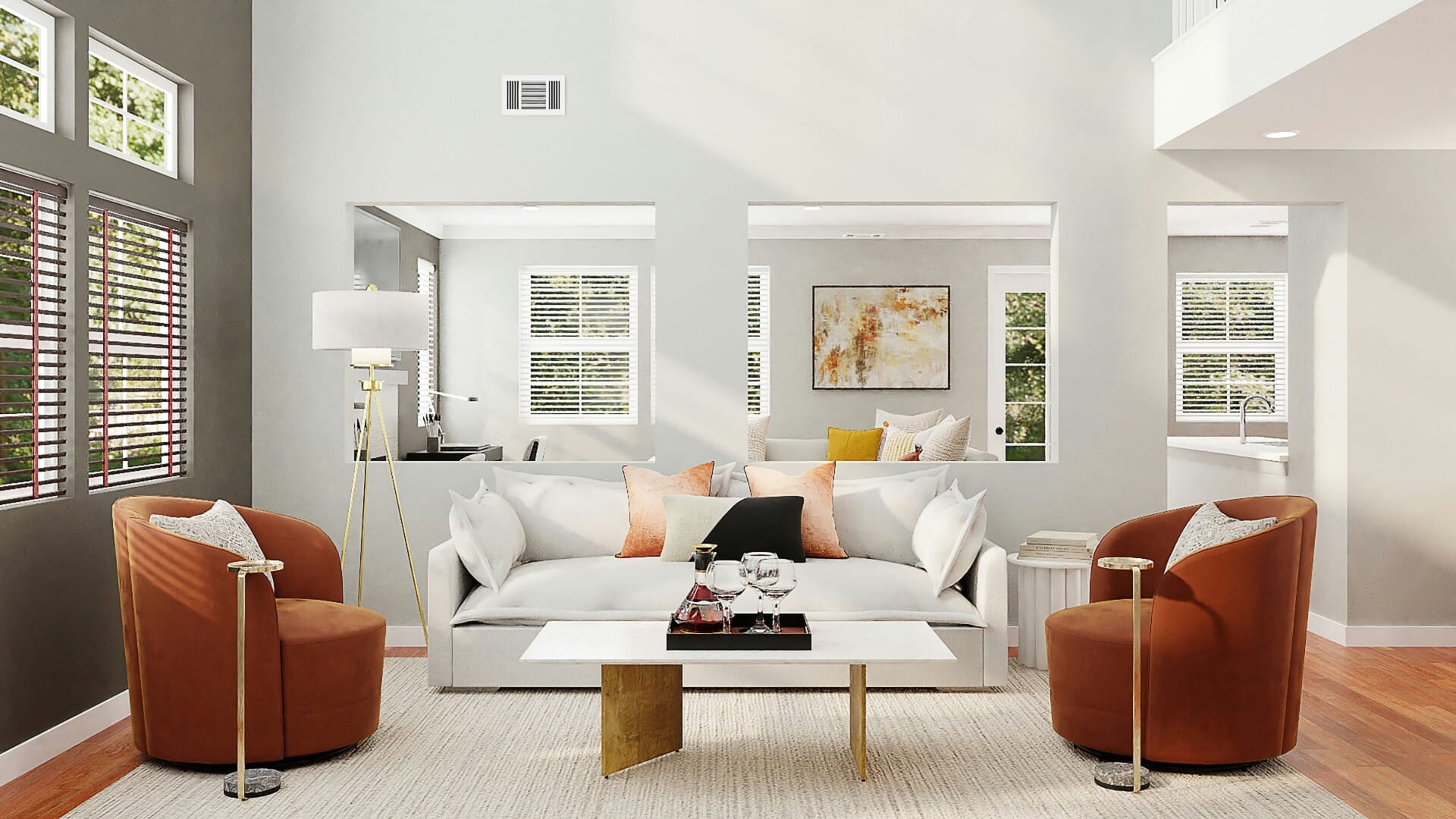
Traditional homes, while often steeped in cultural significance and aesthetic appeal, come with a variety of environmental challenges. Many of these houses are built using materials that are not sustainable, contributing to deforestation and habitat destruction. The process of sourcing and transporting these materials can also lead to significant emissions of greenhouse gases, directly impacting climate change. Ultimately, the ecological footprint of these homes is multifaceted and complex, and it’s essential to recognize how our living spaces contribute to the overall health of the planet.
Moreover, traditional homes can be energy-inefficient, often relying on outdated heating and cooling methods that consume excessive amounts of electricity. This not only strains local power grids but also results in higher energy bills for residents. Common energy-wasting features include single-pane windows that lack insulation, outdated appliances, and poor ventilation systems. By opting for eco-friendly solutions such as solar panels, energy-efficient appliances, and proper insulation, homeowners can significantly reduce their environmental impact while also saving money in the long run.
When contemplating the overall impact of traditional homes, it’s also vital to consider water usage and management. Many conventional building practices can lead to issues like increased runoff and erosion, diminishing local water quality. To counteract this, implementing rainwater harvesting systems and native landscaping designs can greatly enhance sustainability. Below is a quick comparison that highlights the differences in resource use between traditional and eco-friendly homes:
| Feature | Traditional Homes | Eco-Friendly Homes |
|---|---|---|
| Building Materials | Non-sustainable, often from distant sources | Sustainable, local, and recycled options |
| Energy Efficiency | Higher consumption, outdated systems | Energy-efficient technologies, solar power |
| Water Management | Inadequate, leads to runoff | Practical collection systems, native plants |
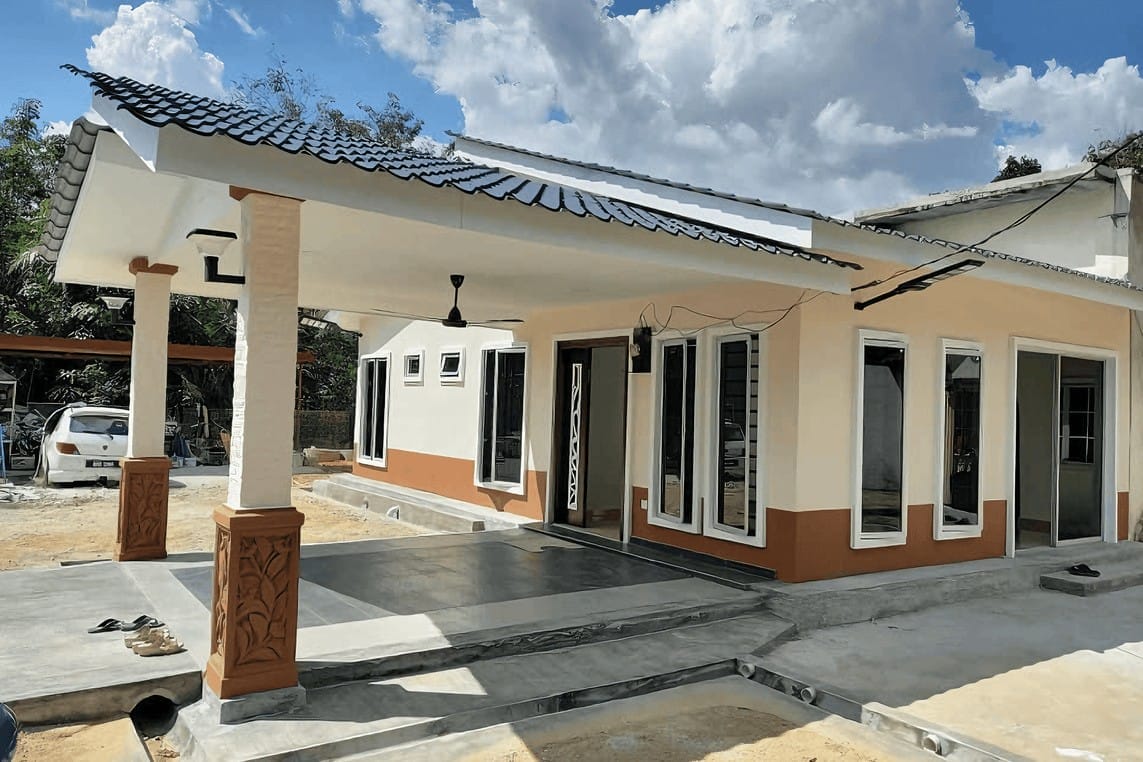
Financial Benefits of Investing in Eco-Friendly Features
Investing in eco-friendly features in your home isn’t just about saving the planet; it can also lead to significant financial benefits. With rising energy costs in Malaysia, incorporating features like solar panels, energy-efficient appliances, and enhanced insulation can greatly reduce monthly bills. These initial investments often pay for themselves over time, thanks to the savings on utilities. Moreover, many states offer incentives or rebates for going green, which further boosts your savings.
Beyond immediate savings, eco-friendly homes tend to have a higher resale value. Homebuyers are increasingly looking for properties that align with their values, and energy-efficient features can be a major selling point. Studies show that homes equipped with sustainable technologies sell for higher prices than their traditional counterparts. Not only do these homes capture the attention of environmentally conscious buyers, but they also reflect a commitment to quality and responsibility in the housing market.
Furthermore, investing in sustainable features can lead to lower maintenance costs in the long run. For example, eco-friendly materials tend to be more durable and require less frequent repairs. Incorporating water-efficient fixtures or building with sustainable materials can lead to fewer repairs and replacements needed over time, which means you can redirect those funds into more worthwhile investments. And let’s not forget the added benefit of contributing to a healthier environment – it’s a win-win situation!
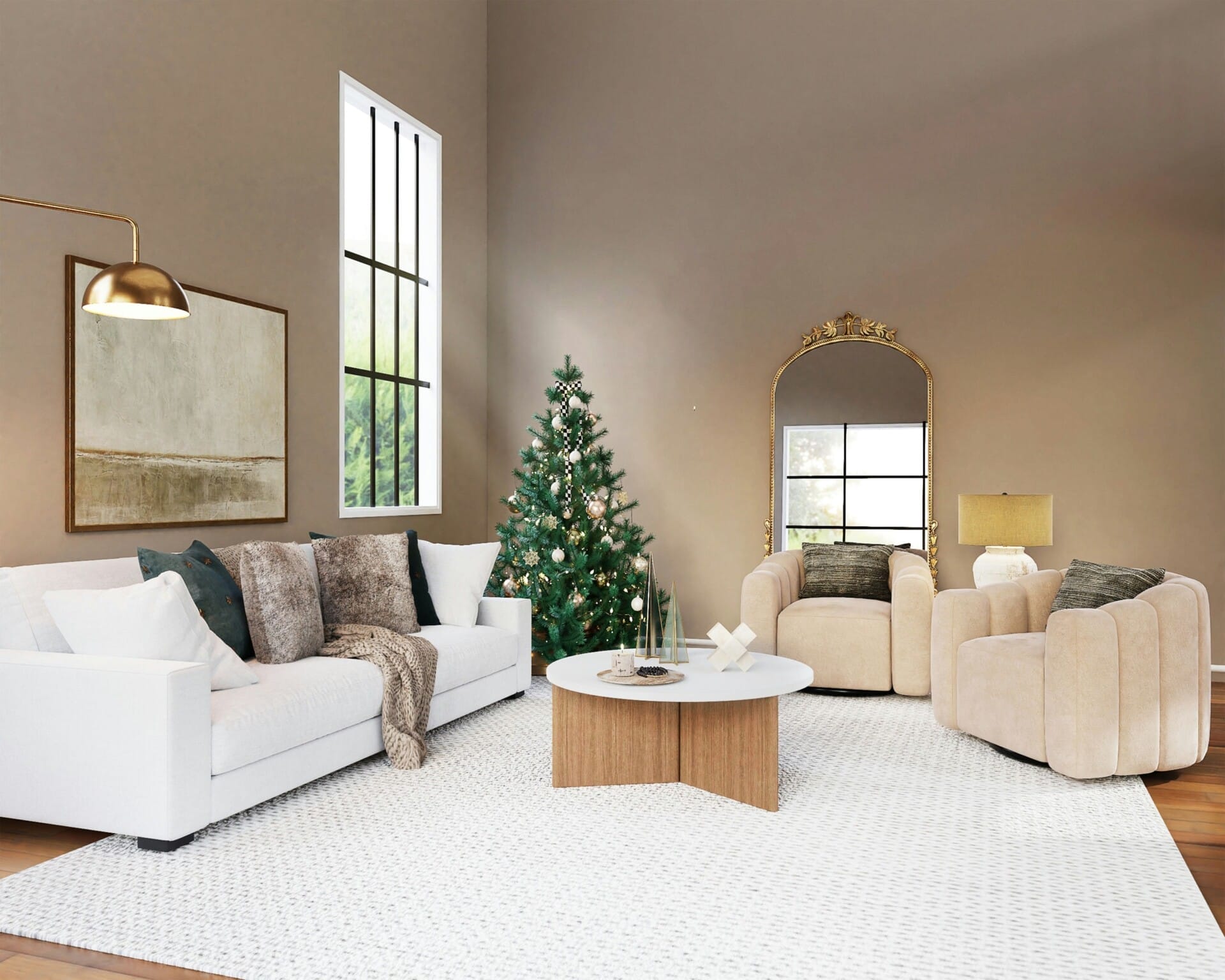
Innovations in Green Building Materials
Across the globe, the demand for sustainable living has opened the door to a wave of innovations in building materials that are reshaping the construction industry. One of the most exciting developments is the rise of recycled materials. Architects and builders are increasingly using products made from repurposed materials, such as reclaimed wood, recycled metal, and even salvaged bricks. These materials not only reduce waste but also bring a unique character and aesthetic appeal to homes. Imagine walking into a living space while knowing the walls are built from materials that once thrived in their own life cycles!
Another game-changer is the incorporation of biodegradable products. Innovations like bio-based insulation made from hemp or cotton are setting new standards for energy efficiency and thermal comfort. These materials not only perform well but are produced using sustainable farming techniques that minimize environmental impact. Additionally, advancements in geopolymers—which use industrial waste materials like fly ash—are providing a durable alternative to traditional concrete with a drastically lower carbon footprint. You can see how eco-friendly choices are merging innovation with practicality!
To add more flair to green building practices, the idea of smart materials is gaining traction. These are materials that can adapt to environmental changes, ensuring energy efficiency throughout the year. Here’s a quick look at some trending smart materials you might want to consider:
| Material | Description |
|---|---|
| Phase Change Materials (PCMs) | Regulate temperature by absorbing and releasing heat. |
| Self-healing Concrete | Contains bacteria that can repair cracks autonomously. |
| Photochromic Glass | Tints automatically in sunlight, reducing glare and heat. |
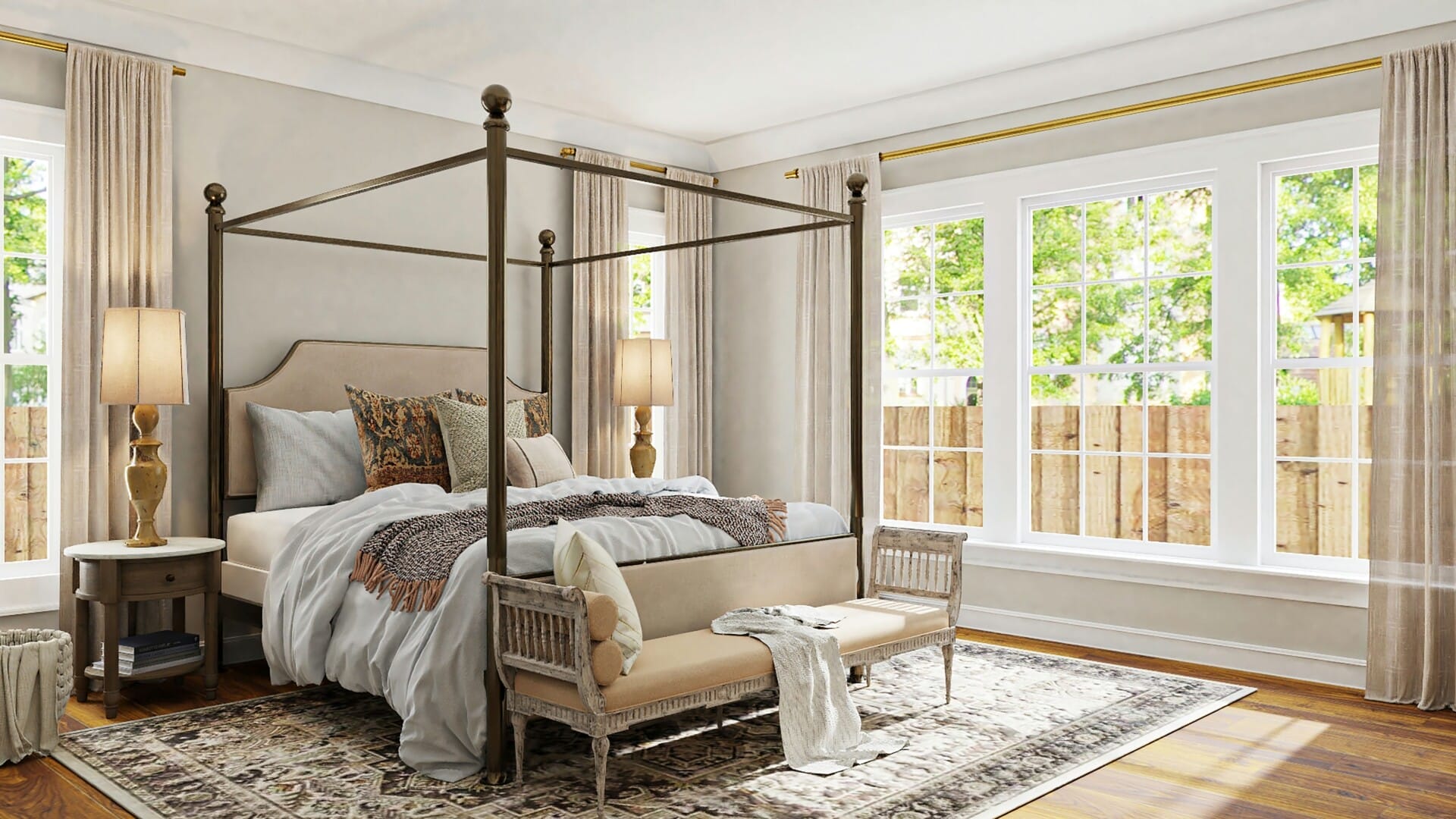
Harnessing Renewable Energy: A Step Towards Self-Sufficiency
Switching to renewable energy sources like solar, wind, and hydro is not just a feel-good choice—it’s about embracing independence in a world where energy prices fluctuate unpredictably. Imagine waking up in a home powered by the sun, where the roof becomes a source of energy rather than just a shelter over your head. This shift not only reduces reliance on fossil fuels but also mitigates the risks of energy scarcity, especially in regions prone to power outages. With Malaysia’s tropical climate, tapping into solar energy is a no-brainer!
Building an eco-friendly home can lead to significant savings in utility bills. Here’s a simple breakdown of how harnessing renewable energy makes financial sense:
| Energy Source | Expected Savings | Environment Impact |
|---|---|---|
| Solar Panels | Up to 70% on electricity bills | Reduces carbon footprint significantly |
| Wind Turbines | Variable, location-dependent | Clean, renewable energy with low emissions |
| Rainwater Harvesting | Less reliance on municipal water | Conserves water resources |
Moreover, embracing sustainable practices creates a more resilient community. Consider the ways in which eco-friendly homes inspire others:
- Community Growth: Neighbors see the benefits and explore similar options.
- Job Creation: Increased demand for green technology fosters local employment.
- Educated Choices: Sharing knowledge empowers households to make informed energy decisions.
When we shift towards renewable energy, we’re not just investing in our own homes— we’re building a better future for the next generations. Self-sufficient communities are stronger, and just think of the pride in knowing that you played a part in creating an eco-conscious environment!
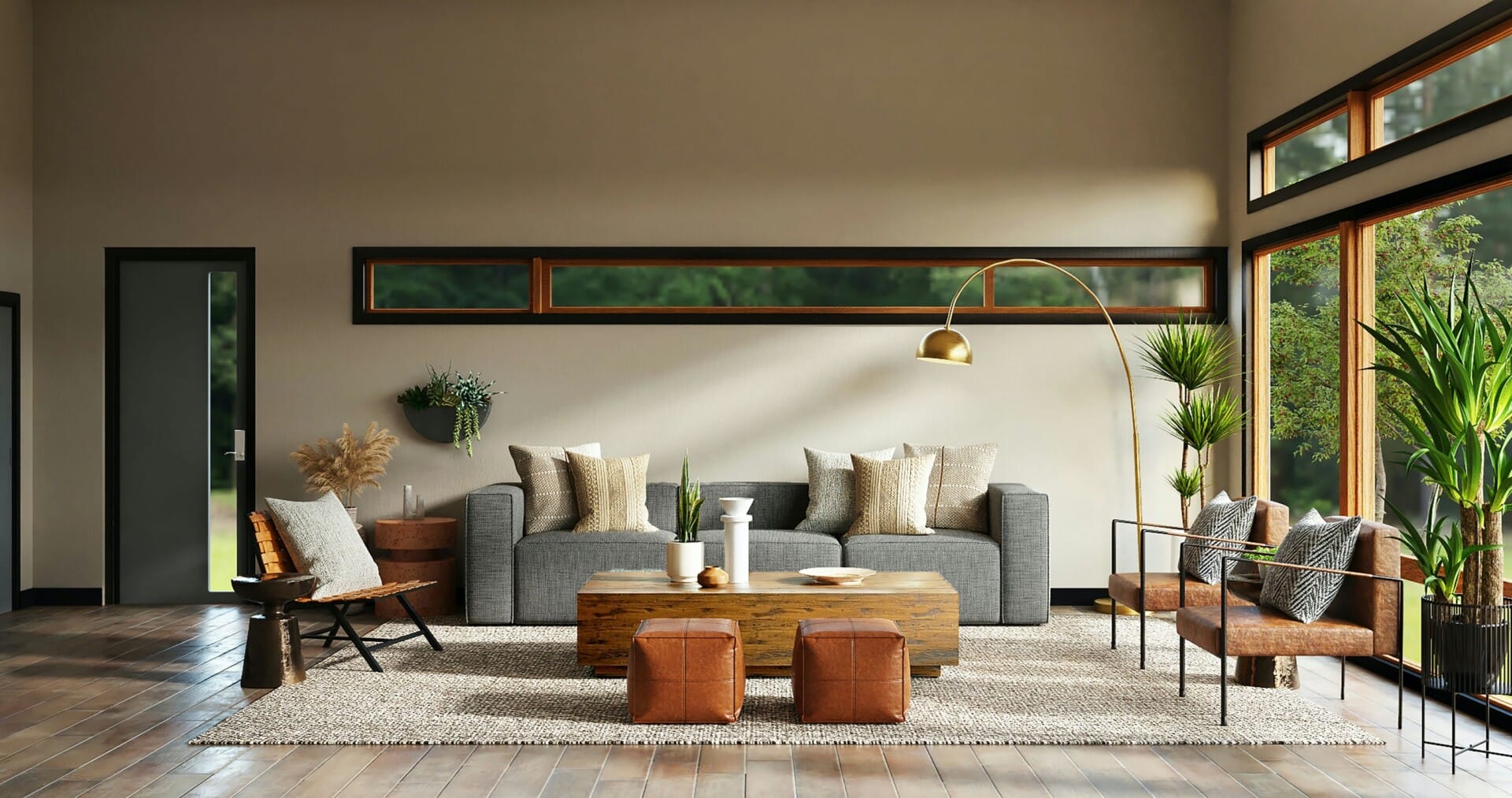
The Long-Term Health Benefits of Eco-Conscious Homes
Choosing to live in an eco-friendly home doesn’t just benefit the environment; it also promotes long-term health and well-being for you and your family. Homes designed with sustainable practices often utilize natural materials that minimize exposure to harmful chemicals and toxins, contributing to a healthier living space. When we embrace eco-conscious elements like non-toxic paints, natural insulation, and renewable building materials, we create a sanctuary that enhances indoor air quality and keeps allergens at bay.
The design of eco-friendly homes often includes energy-efficient systems that not only reduce utility bills but also support a more comfortable living environment. Features such as improved insulation, energy-efficient windows, and solar panels can stabilize indoor temperatures, leading to less reliance on air conditioning or heating. This sustainability not only alleviates stress on the environment but also promotes a lifestyle that encourages physical activity, as many eco-conscious homes are designed to incorporate green spaces that invite outdoor engagement.
| Health Benefits | Eco-Friendly Home Features |
|---|---|
| Improved Indoor Air Quality | Natural materials & Non-toxic finishes |
| Reduced Allergens | Eco-friendly ventilation systems |
| Energy Savings | Energy-efficient appliances & Solar energy |
| Increased Well-being | Access to green spaces & Natural light |
Moreover, living in an eco-conscious environment actively encourages a mindful lifestyle. This transition can inspire families to cultivate habits that prioritize health and sustainability, such as gardening, recycling, and conserving water. As individuals become more aware of their ecological footprint, they often find that these practices foster a greater connection to their communities and the natural world, leading to improved mental health and emotional resilience. The ripple effect of choosing to invest in eco-friendly living spaces resonates far beyond the walls of home; it nurtures a lifestyle centered on harmony with nature.
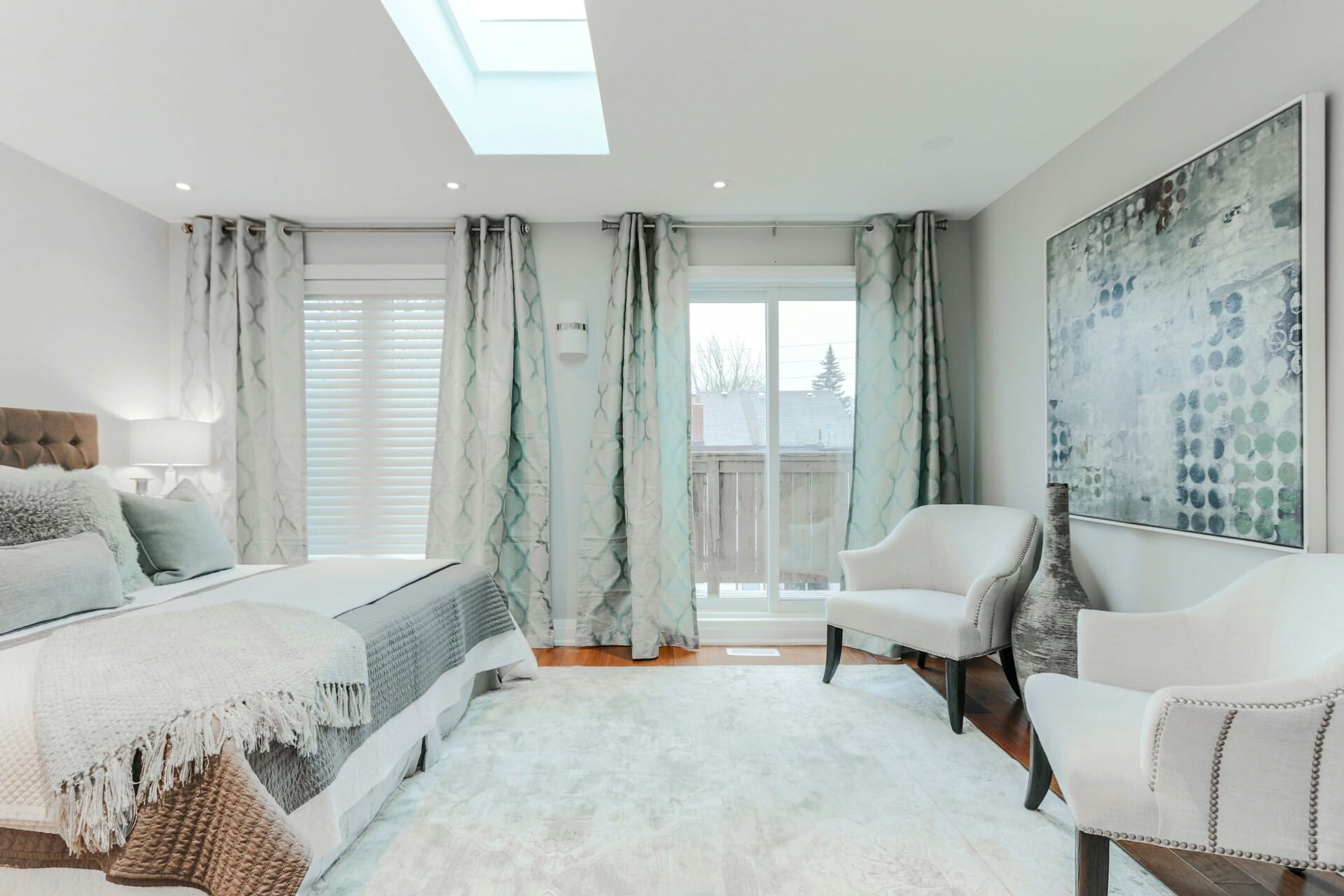
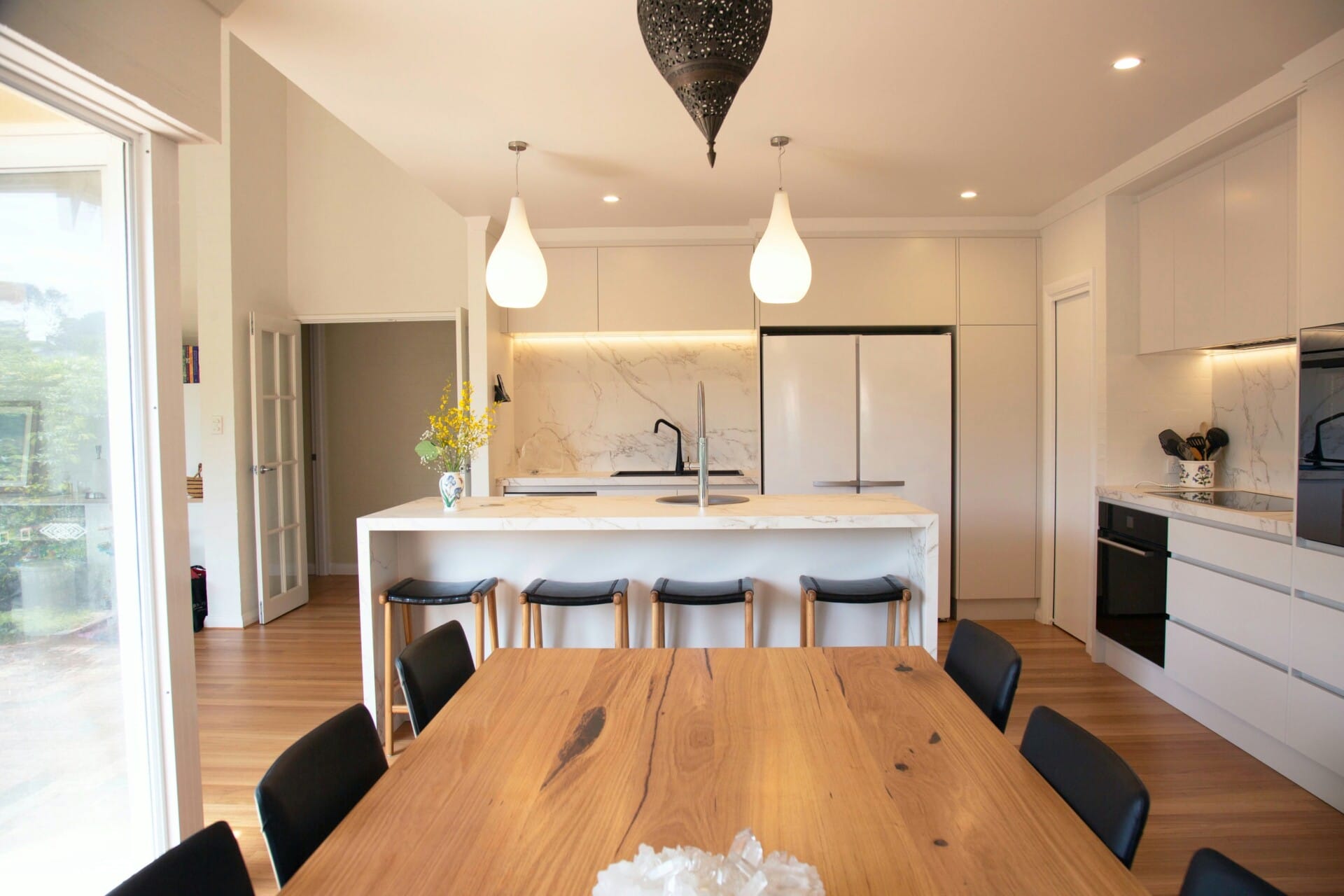
Practical Steps to Make Your Home More Eco-Friendly Today
Making your home more eco-friendly doesn’t have to be a monumental task. Start small by switching out traditional bulbs for energy-efficient LED lights. These not only consume less power but also last significantly longer, which means you’ll save on both energy bills and replacement costs. Additionally, consider installing smart home devices that monitor energy usage and allow you to control appliances remotely. This way, you can easily cut down on wasteful energy consumption while maintaining comfort in your home.
Another practical approach is to focus on water conservation. Simple measures such as installing low-flow showerheads and dual-flush toilets can significantly reduce water usage without compromising on functionality. Don’t forget to fix any leaks that might be wasting precious water. Moreover, capturing rainwater with barrels or setting up a greywater system can provide an eco-friendly water source for your garden. This not only helps the environment but can also reduce your water bills over time.
Lastly, think about your waste management habits. Composting kitchen scraps can dramatically decrease the amount of waste you send to landfills while enriching your garden soil. If you’re looking to reduce plastic use, consider switching to reusable bags, containers, and bottles. You can make a big difference by also buying local produce to cut down on carbon footprints associated with transportation. Check out this basic comparison of eco-friendly swaps to get started:
| Traditional Item | Eco-Friendly Alternative |
|---|---|
| Plastic Water Bottle | Reusable Stainless Steel Bottle |
| Single-Use Bags | Cloth Grocery Bags |
| Conventional Light Bulbs | LED Bulbs |
| Paper Towels | Reusable Cloths |
Insights and Conclusions
As we wrap up our chat about eco-friendly homes, it’s clear that going green isn’t just a passing phase or something we should consider for the sake of a trending hashtag. It’s a vital step towards ensuring a healthier planet for ourselves, our children, and generations to come. In Malaysia, where nature is both a beauty and a resource, making the switch to eco-friendly living feels even more important.
So, whether you’re thinking about building a new home or simply looking to make more sustainable choices in your current living space, remember that every little effort counts. Using energy-efficient appliances, planting trees, or even just being mindful of our water usage can create ripples of positive change. It’s not about perfection but progress.
Let’s embrace the idea that eco-friendly homes are not just a nice idea; they’re a necessary evolution. Together, we can contribute to a greener Malaysia, and trust us, Mother Nature will be super grateful! Keep the conversation going, and who knows? You might inspire someone else to take their first step towards a more sustainable lifestyle. Happy green living, everyone! 🌱✨